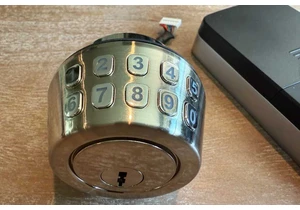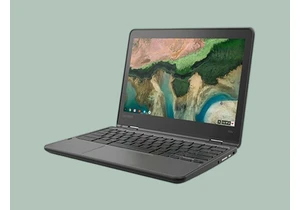Expert's Rating
Pros
- Attractive, sturdy design
- Huge touchpad
- Enjoyable speakers with good volume
- Strong CPU and GPU performance
Cons
- Mediocre keyboard
- No Ethernet
Our Verdict
Razer’s Blade 16 backs up its stunning looks with athletic performance, but a few issues keep it from a podium finish.
The Blade is an institution. Razer was arguably the first laptop manufacturer to re-discover the benefits of building a Windows laptop with an attractive chassis and consistent user experience, and the company has remained committed to that mission ever since. The Blade 16, which is the middle child of the Blade line-up, also delivers excellent performance. It’s not a perfect laptop, though, and owners will need to accept a few flaws.
Looking for more gaming laptop options? Check out PCWorld’s roundup of the best gaming laptops available right now.
Razer Blade 16: Specs and features
I initially received the Razer Blade 16 in Mercury White with an Intel Core i9-149000HX processor and Nvidia RTX 4070 mobile graphics. It also has a dual-mode Mini-LED display that can achieve either (roughly) 4K resolution at 120Hz or 1080p resolution at 240Hz.
Unfortunately, the Mini-LED display on that model was malfunctioning. Razer replaced it with a Blade 16 in Black with the same Intel processor, Nvidia RTX 4090 mobile graphics, and a 2560×1600 240Hz OLED display. The replacement also had a RAM upgrade from 16GB to 32GB. I’ve listed the specifications for both below, when they differed, and this review considers both configurations.
- CPU: Intel Core i9-14900HX
- Memory: 16GB DDR5 5600MHz / 32GB DDR5 5600MHz
- Graphics/GPU: Nvidia RTX 4070 mobile / Nvidia RTX 4090 mobile
- Display: Dual-Mode 3840×2400 120Hz / 1920×1200 240Hz Mini-LED / 2560×1600 240Hz OLED
- Storage: 2TB PCIe NVMe
- Webcam: 1080p with IR camera, privacy shutter
- Connectivity: 1x Thunderbolt 4 with USB-C, 1x USB-C 3.2 Gen2, 3x USB-A 3.2 Gen2. HDMI 2.1, 3.5mm combo audio, SD Card reader
- Networking: Wi-Fi 7, Bluetooth 5.4
- Biometrics: Windows Hello facial recognition
- Battery capacity: 95.2 watt-hours
- Dimensions: 13.98 x 9.61 x 0.87 inches
- Weight: 5.4 pounds
- MSRP: $3,299 / $4,199 as-tested, $2,999 to start
The RTX 4070 configuration I tested was close to the most affordable model available from Razer. All 2024 model year Blade 16 laptops have an Intel Core i9-14900HX processor, but more expensive variants may equip up to Nvidia’s GeForce RTX 4090, which ups the price to at least $4,199. Additional options offer up to 8TB of SSD storage and 96GB of DDR5 memory.
Razer Blade 16: Design and build quality
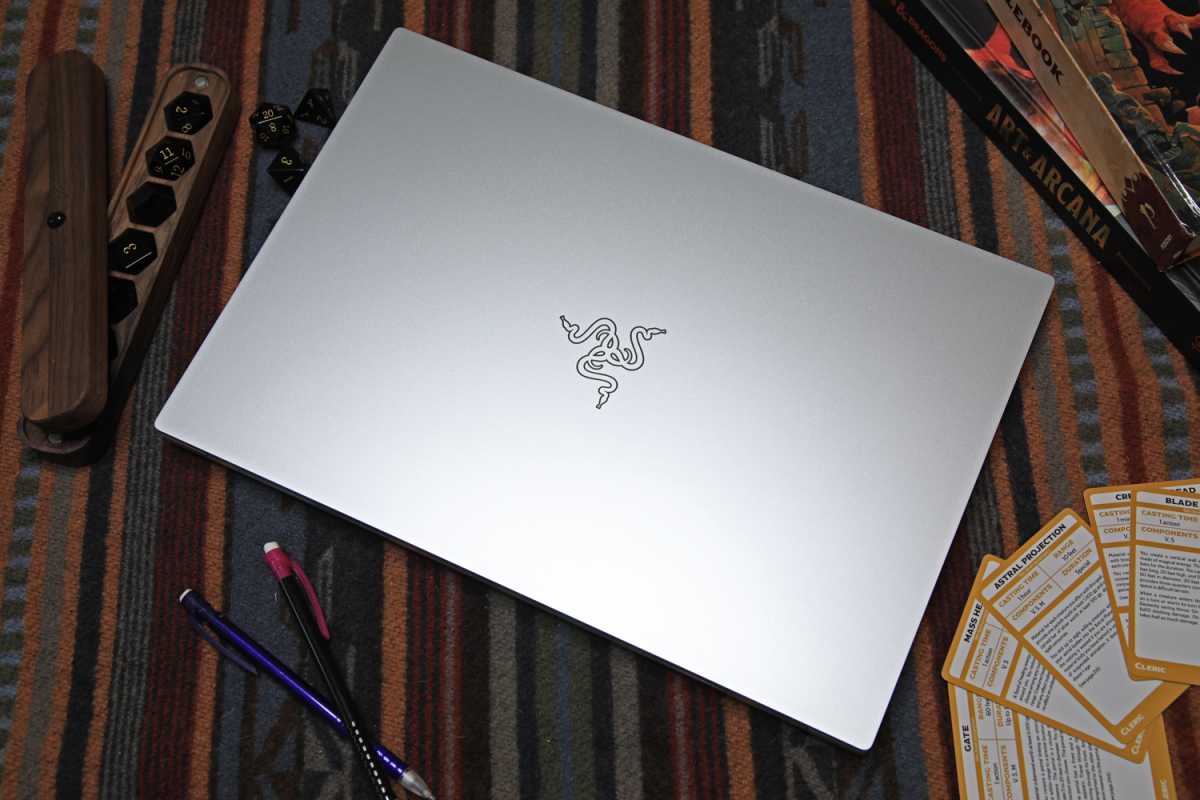
IDG / Matthew Smith
IDG / Matthew Smith
<div class="scrim" style="background-color: #fff" aria-hidden="true"></div>
</div></figure><p class="imageCredit">IDG / Matthew Smith</p></div>The Razer Blade’s look and feel is a known quantity. Much like Apple’s MacBook Pro, you can expect particular elements across generations. That means a rigid chassis milled from a single block of aluminum, a professional and elegant aesthetic, and super-slim display bezels.
I personally prefer the “Mercury White” colorway which, though more silver than white, looks fantastic. It reminds me of older MacBook Pro models which, to my eyes, have a particular shade of silver the new models don’t quite replicate. The Black colorway is less exciting but, once again, it looks different from competitors. There’s an inky, abyssal, no-light-escapes quality to Razer’s unique shade of black.
It’s details like these that separate Razer from most of its competition. The aluminum chassis is exceptionally rigid, allowing only the slightest flex across the display and none across the lower body. Material quality feels high, too, with a soft-matte finish that’s pleasing to the touch. Razer also uses an underslung display hinge which spans most of the display’s width, a design element that minimizes the laptop’s footprint and keeps the size of the bottom display bezel to a minimum.
Don’t get me wrong: this isn’t a small laptop. The Razer Blade 16 is almost 14 inches wide and 9.6 deep, as well as close to nine-tenths of an inch thick. It tips the scales at 5.4 pounds. You will notice this laptop in your backpack or messenger bag. With that said, its size is moderate for its capabilities. It’s thicker than a Dell XPS 16, for instance, but slightly more narrow. And, crucially, the Blade 16 should fit in the majority of backpacks, bags, and luggage with a laptop compartment.
Razer Blade 16: Keyboard, trackpad
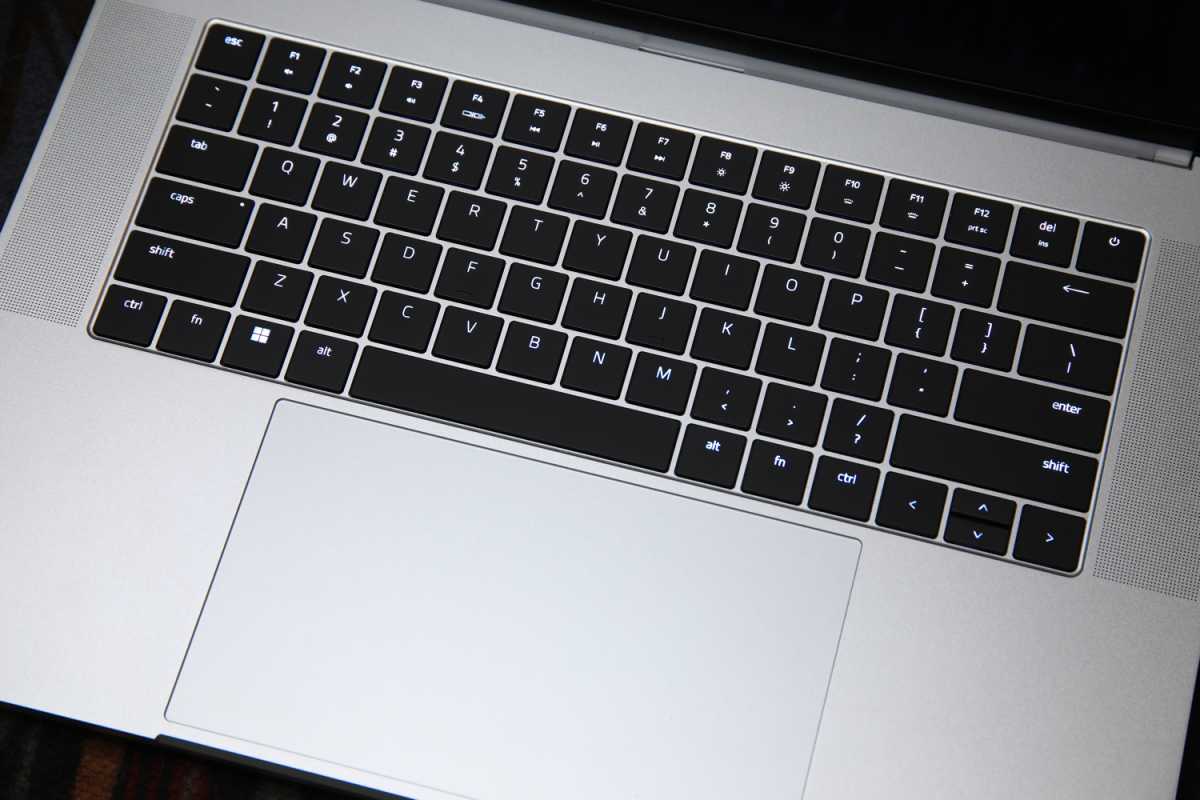
IDG / Matthew Smith
<div class="lightbox-image-container foundry-lightbox"><div class="extendedBlock-wrapper block-coreImage undefined"><figure class="wp-block-image size-large enlarged-image"><img decoding="async" data-wp-bind--src="selectors.core.image.enlargedImgSrc" data-wp-style--object-fit="selectors.core.image.lightboxObjectFit" src="" alt="Razer Blade 16 keyboard" class="wp-image-2282394" width="1200" height="800" loading="lazy" /></figure><p class="imageCredit">IDG / Matthew Smith</p></div> </div></figure><p class="imageCredit">IDG / Matthew Smith</p></div>A spacious keyboard with per-key RGB backlight is centered in the Blade 16’s interior. It ditches the numpad to keep the keyboard aligned over the touchpad and ensure the keys are as large as possible. While that’s obviously not great if you need a numpad, this is my preferred layout for a modern laptop. It allows for quick, easy, comfortable touch-typing at high speeds.
Key feel is just ok. Travel feels a bit shallow and ends in a firm and definitive bottoming action. It’s not bad, but it’s stiff and wooden compared to many high-end laptops, including less expensive options like the Lenovo Yoga Pro 9i. Laptop keyboards have improved significantly over the past five years, and Razer is now behind the curve.
The RGB backlight allows per-key color customization, as mentioned, and it works fantastically well. Razer’s secret sauce is its software, Synapse, which controls system settings. Synapse is more attractive and easier to use than competitors’ software, which is important, and it of course ties into Razer’s Chroma ecosystem, so it can coordinate with other Razer Chroma compatible devices, as well as those compatible with Dynamic Lighting on Windows 11, which Chroma supports.
But the touchpad is the star of the laptop’s user interface. It’s a massive piece of glass that’s over six inches wide and almost four inches deep. The touchpad’s large, smooth surface makes Windows multitouch gestures easy to execute and allows for speedy scrolling through web pages and documents. I like the touchpad so much that I prefer to use it over a mouse in many situations though, of course, it’s still necessary to break out a mouse when it’s time to play PC games.
Razer Blade 16: Display, audio
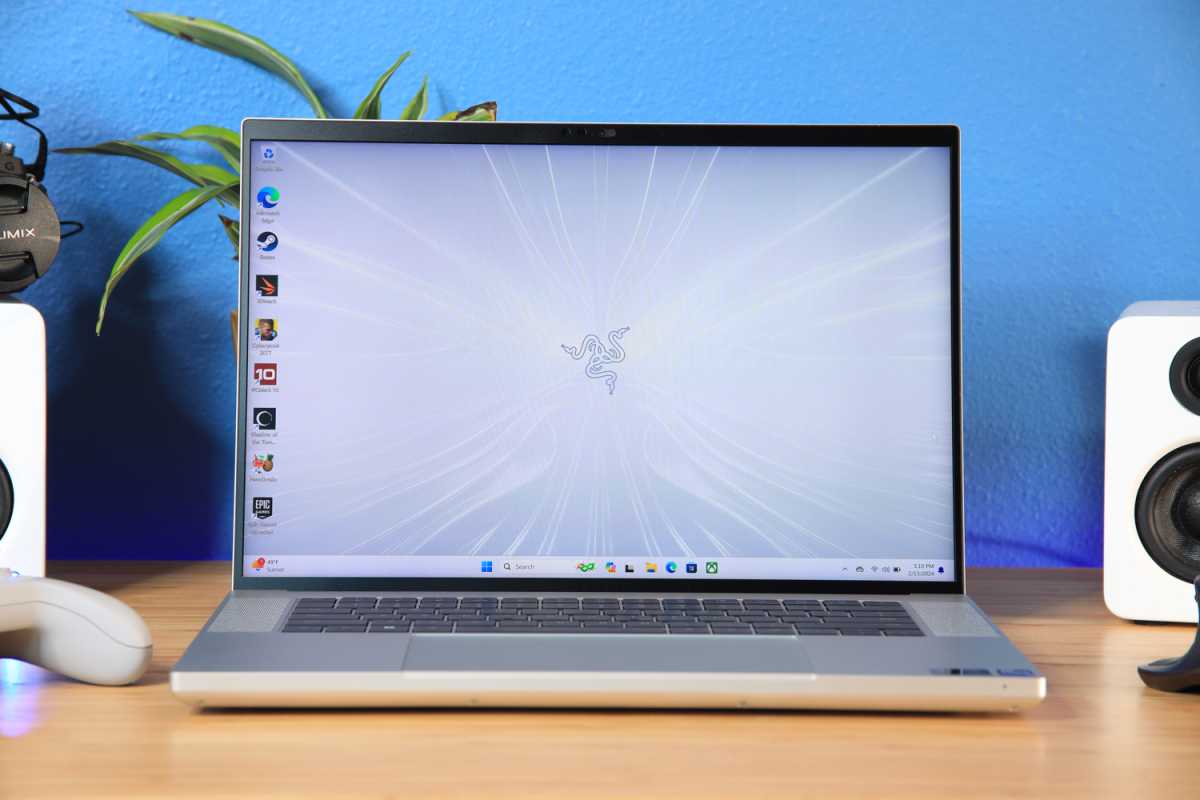
Login to add comment
Other posts in this group
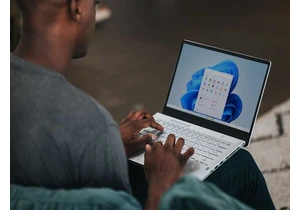

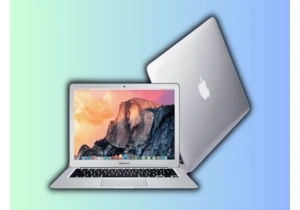
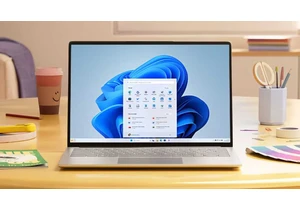
Microsoft has added an OCR function (Optical Character Recognition) t

If you’re reading this anywhere outside of China, you probably haven’
